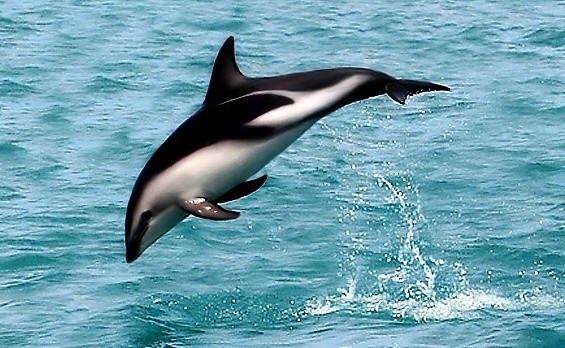
Learn How Fish Survive (and Kill) Underwater
Some Hunt Individually, Others in Groups
Fish, over the course of their evolution, have developed physical features as well as techniques for survival. The greatest predators underwater have developed not one but many behaviors allowing them to capture their prey. Ultimately, it’s all about technique instead of just physical attributes when it comes to hunting and surviving the in the sea.
When we talk about different behaviors, it means that fish either hunt actively or passively. Passive hunting means that instead of pursuing their prey, some fish wait for it to come to them.
Efficiency is also a major factor at work here, namely that predators want to hunt prey that offers them maximum nutrition but in a manner that doesn’t exhaust them too much. The great white shark, for instance, preys on turtles, seals, and creatures that are large and nutritious. However, a lot of energy is used up as the shark roams the oceans.
Compare this with the Wobbegong shark, which waits on the sea floor camouflaged, and as soon as the prey swims overhead, the shark inhales it in its large mouth. How efficient! Stonefish is also a great example of passive hunting fish. Continuing with the example of sharks, these rely less on their vision and more on other senses, such as smell and even detecting electrical pulses of their prey.
Some fish also play mind games with their prey by casually swimming along them until the prey becomes practically unaware of their presence, a technique known as habituating.
Finally we have some fish that attack in groups, just like most mammals. ‘Herding’ is a technique whereby a large group encircles shoaling fish. The blacktip reef sharks of the Indian Ocean are known to exhibit this behavior when hunting for mullet.
Fatima M.
Freelance Blogger





Follow Us!